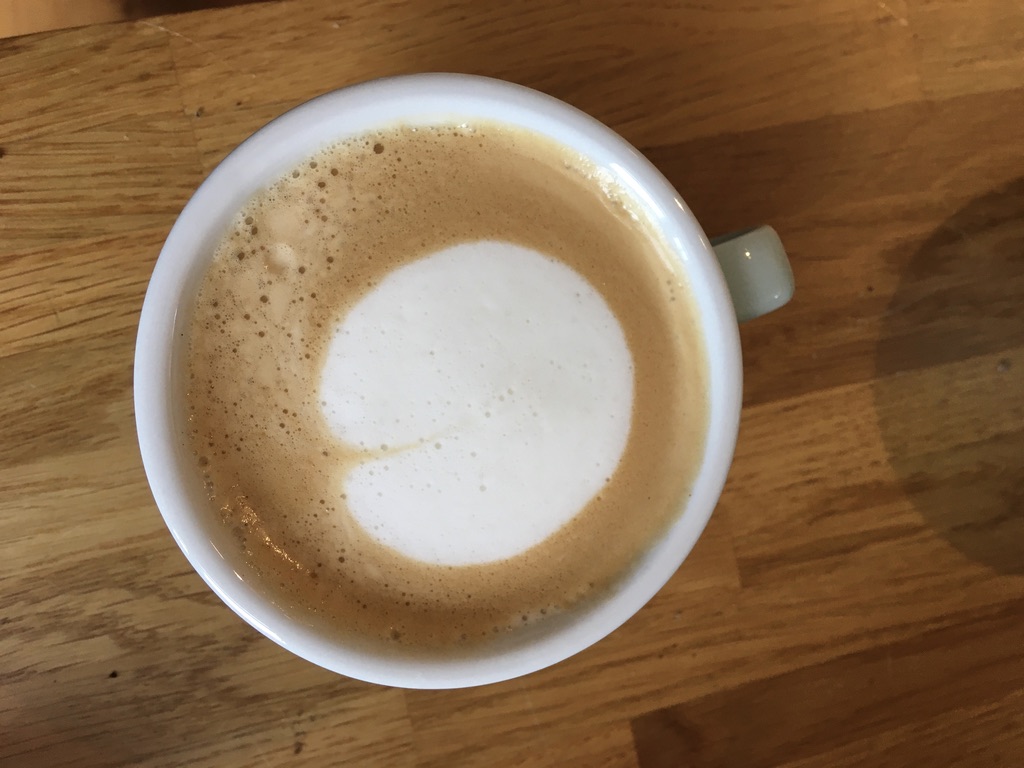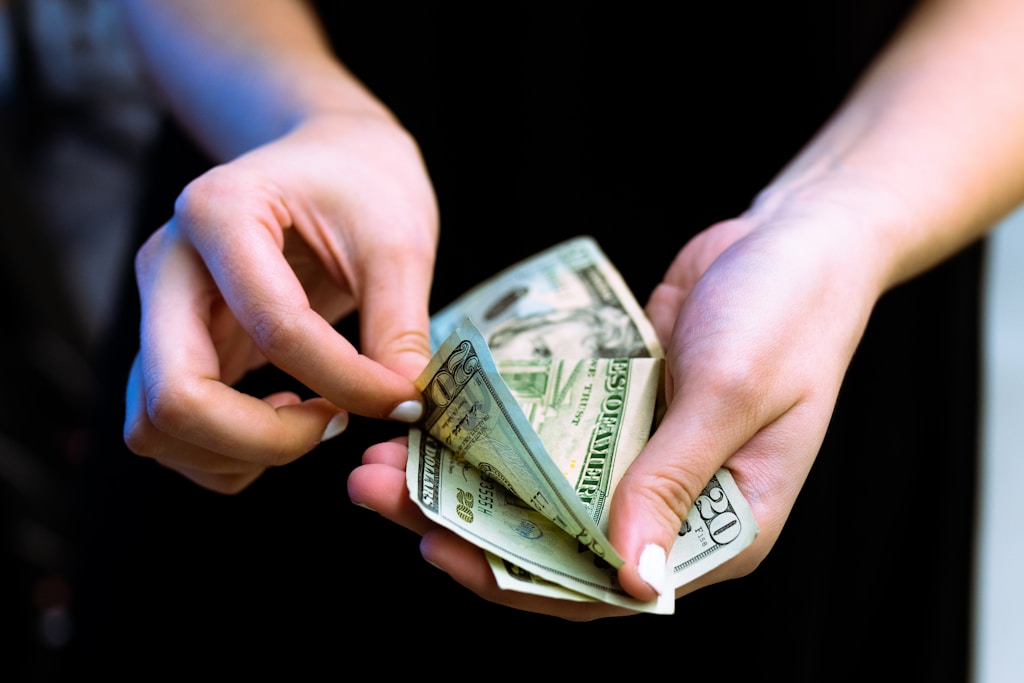Never have enough money for the things you actually want? Try thinking about your happiness, instead…
Most of us think that we know how to spend money – it’s the one thing we don’t need help with. Yet adopting an approach where we question why we’re spending is the principle that will, over the long run, make the single biggest difference to both your happiness and financial health…
Many of us in the creative industries have to exist on slimmer financial margins than the average earner. We may well feel that we’re already diligent with our cash, but after the bills are paid, our ‘fun money’ runs out quickly.
There are things we can do to change this situation and increase our funds over the longer term (increasing income and reducing bills). However, why not start getting the best bang for your buck right now?
Finding a framework
To do this, it can be helpful to have a little bit of a mental framework for your spending decisions. There are three things that it’s helpful to bear in mind with any spending:
- Is this going to make me happy?
- Is that happiness going to last?
- Is this the most affordable way to get this happiness?
To maximise your… err… ‘happiness return’, you need to be able to answer yes to all of the above and make the purchase without getting into debt. This allows us to think beyond just what we’re spending every month and to consider why we’re spending that cash.

Coffee house rules
Let’s use an example: coffee is a perennial favourite of financial bloggers – and for good reason.
Most of us are well aware that if you spend £2.60 a day on posh coffee it soon adds up. Buy one coffee five days a week for 50 weeks of the year and it equates to about £54.16 a month.
Asking why I was spending that cash helped me to find affordable alternatives

Lonely Smarter people will then factor in the return you could be earning on the cash elsewhere. So in this example, £54.16 per month (earning a typical 7% per year in a low-cost index fund investment) could become £9,370 over ten years. Not bad, as a trade-off for one coffee per week day.
But breaking that habit is easier said than done. We LOVE coffee. In our flawed human brains, it’s not simply a coffee, it’s a conversation with a friend, a place to go and work out of the house/office, an essential drug we require to function, or maybe we just really, really like good quality coffee.
Want to make sure you never miss a post?
Sign up to the Creative Money newsletter!
Let me read it first >
Flat wh-yyyy?
If coffee makes us happy and maybe even does so in a lasting way, then thinking about why we spend this money can help us find a more affordable alternative that may well deliver just as much happiness.
I just looked up my own coffee spending from 2018 (because I have a budgeting app) and I was averaging almost exactly the figures above – and often more like £70/month.
Asking why I was spending that cash helped at lot. I realised that A) I love good coffee; B) I dislike working at home all day every day and C) Going to hipster cafes makes me happy.

Now available: affordable happiness!
Instead, I spent a small amount of money on a coffee machine and a grinder (for a combined cost of about £70 at the time), ordered a kilo of good beans and learned, through trial and error, how to make good coffee at home.
Meanwhile, here in Liverpool, we have a swanky central library and a host of museums, galleries and other public-wifi-equipped spaces where I can work for free among other human faces. Then, about once a week or so in normal times I will duck into a cafe to support both the hipsters and my ego.
If I keep it up over 30 years (to retirement), that cash will very likely grow to a mind-boggling £66,000+

This alternative plan has cost me less than £20 a month over the first year and I still get a lot of coffee-based happiness, but now I’m also saving about £30-50 a month in the process.
I’m certainly not the first person to point this out, but I wanted to show you how I’d used this approach to make a palpable difference.
What’s more, that cash is now going towards a self-invested personal pension (SIPP), which gets topped up 20% by the government – in the form of income tax relief – before it even hits the fund itself, so should make well over that £9,370 over the next decade.
If I keep it up over 30 years (to retirement), that will very likely grow to a mind-boggling £66,000+, which is a significant chunk of the £169,000 Which? reckons a person might need for a ‘comfortable’ retirement.
And I can make hipster coffee, to boot!
Does your work situation make it difficult to save money? Check out our guide: ‘How to start saving (when you don’t think you can)‘
What’s your shiny thing?
It doesn’t have to be coffee, of course. It could be smart phones, extra guitars, art materials, cameras, clothes… We all have our spending foibles and they can be really hard to spot day-to-day, especially if we associate them with our creative work (hello, musicians!)
Vicki Robin – who co-wrote one of the world’s best-selling personal finance books, Your Money Or Your Life – calls these impulsive spending blindspots, ‘gazingus pins’. I prefer the term ‘shiny things’, but the effect is the same – some blend of compulsion, misplaced aspiration and self-identity prevents us from noticing them.
We need to transform these decisions from ‘prohibition’ to ‘allocation’

However, if before you drop the cash, you can ask ‘why?’ and determine a potential purchase’s lasting impact on your happiness, then it’s much easier to notice the shiny things that aren’t worth the money.
We need to transform these decisions from ‘prohibition’ to ‘allocation’ – and that makes a lot more sense to our flawed, human brains. Ultimately, if we consistently and consciously spend less on the things that won’t make us happy and more on the things that do, we wind up in a much better place. Remember:
- Is this going to make me happy?
- Is that happiness going to last?
- Is this the most affordable way to get this happiness?
The next time you find yourself hovering over a shiny thing and wondering whether it’s worth the cash, ask yourself the questions above. You’ll be surprised at the difference it can make.
What’s your shiny thing? And are there any hints, tips or coffee victories you can share? Let me know!

